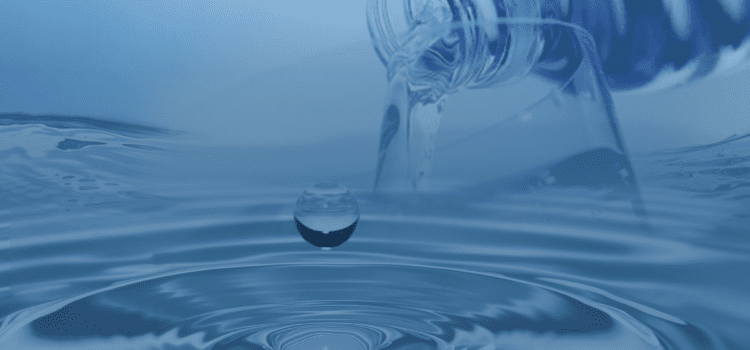1,4-Dioxane Update:
Recently it was discovered that a toxic industrial chemical, 1,4-dioxane, had been found to have infiltrated the Floridan Aquifer, our region’s source of drinking water.
On July 31, 2023, Winter Springs sampled its potable water systems within the City for traces of 1,4-dioxane.
Water samples were taken from all three Winter Springs Water Treatment Plants at the wells and from the points of entry(POE) and sent to a lab for analysis.
On August 11, 2023, the City received the results from the lab and was informed that the levels were found to be non-detectable (ND).
https://www.winterspringsfl.org/publicworks/page/14-dioxane
The presence of the contaminating chemical, 1,4-dioxane, has been found in water across Seminole County, Lake Mary and Sanford for years. It has been widely used in laboratory and manufacturing processes and has been a byproduct of chemicals used in personal care products, laundry detergents and food.
Health advisory levels for 1,4-dioxane are set at 0.35 parts per billion in groundwater, surface water and soil and are regulated by the Florida Department of Environmental Protection.
Levels of 1,4-dioxane at Seminole County’s Markham Regional Water Treatment Plant have averaged 0.18 parts per billion, roughly half of the EPA’s health advisory, officials said.
Currently, 1,4-dioxane is not federally regulated by the EPA’s Office of Groundwater and Drinking Water. Though, it has been included in the list of proposed chemicals to be federally regulated by the EPA in the future.
The current EPA Health Advisory Level (HAL) for 1,4-dioxane is 0.35 micrograms per liter (µg/L) considering an acceptable cancer risk of 1 in a million. 0.35 µg/L is the equivalent of approximately 5 filled shot glasses (7.5 oz) added to approximately 150 million gallons of water.
Drinking water at or below the HAL for a lifetime is not expected to cause any increased harmful health effects.
The EPA Health Advisory Level of 0.35 ug/l is not a promulgated Maximum Contaminant Level (MCL) that is enforceable. The EPA is “continuing to evaluate for MCL” with no indication of timing.
As for Florida, the Florida Department of Environmental Protection (FDEP) enforces state regulated levels for 1,4-dioxane in groundwater. The Florida Administrative Code identifies a Groundwater Cleanup Target Level (GTCL) of 3.2 ug/L in groundwater that is enforceable.
1,4-dioxane and PFAS’s regulation continues to evolve from a regulatory standpoint and is much closer to having associated Federal enforceable Maximum Containment Level (MCL).

Download PDF: https://victoriaforwintersprings.com/wp-content/uploads/2023/08/final-faq-14dx.pdf








